It was March 2024 when Emily and Michael from ZEM COFFEE visited us at Kurasu Ebisugawa for a cupping session of their new crop- we purchased last year’s Ethiopia Hamasho from them, and even after going through a change of exporter since then, the high quality and “convincing” flavors were very much still there.
From their coffee, the lots they offer as Ethiopia-Catalyst, we can not only feel the terroir but also something special about them as people.
It goes without saying different areas and processes make different flavors and they vary within their coffee, but throughout those at the core there are their attitude, philosophy and what you may say their “spirits” shining through. (I’m not talking about anything occult-ish- they have a solid philosophy and system that build the basis of their products’ quality, and that shows.)
This Chorso was at the left end of the cupping table. Compared to the last year’s Hamasho which was clean, floral and flamboyant, this Chorso is also floral but has a hint of spiciness, giving the vibe of exotic, imported sweets from overseas. This isn’t our typical choice for Ethiopia, but we were drawn to its unique balance.
Coffee always gives us something new to discover and explore, and that’s what makes it so fun.
I can’t wait for the next season already, but for now, I will roast a beautiful coffee out of this Chorso and share it with you.





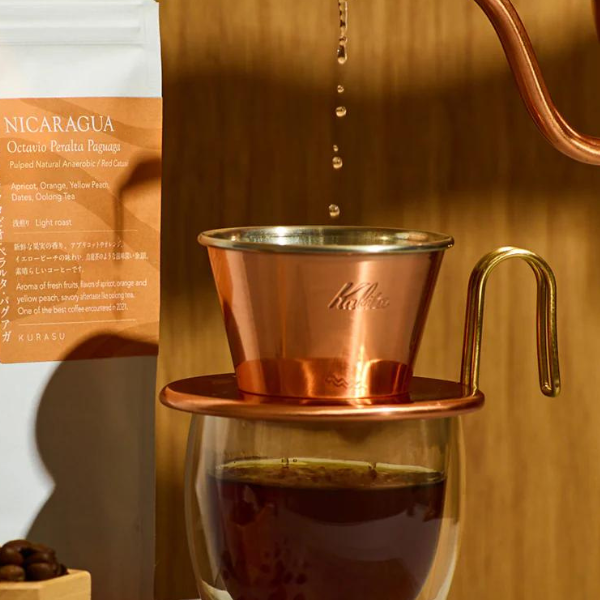
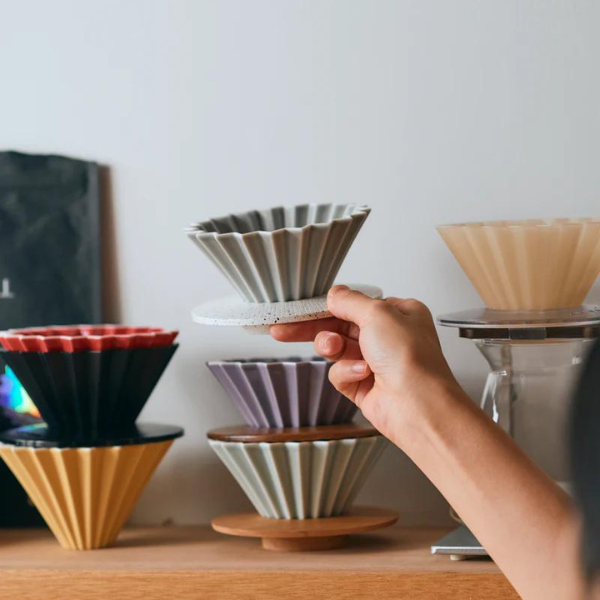
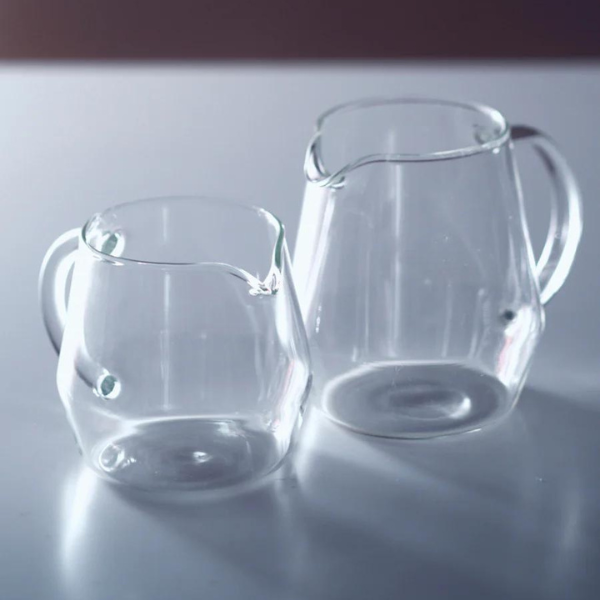
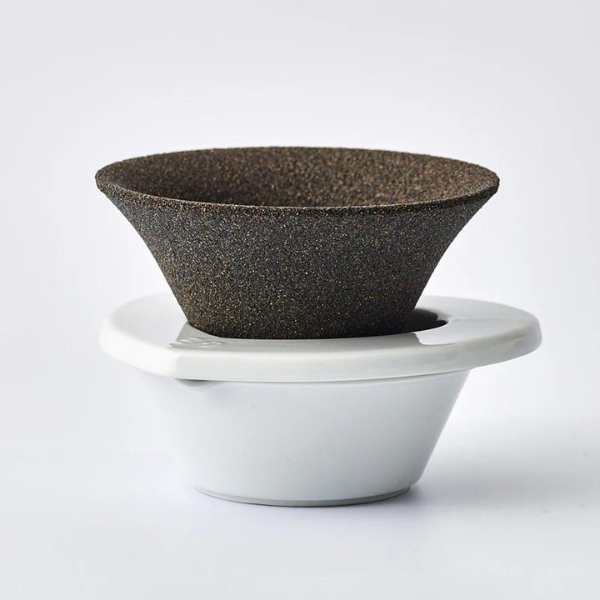
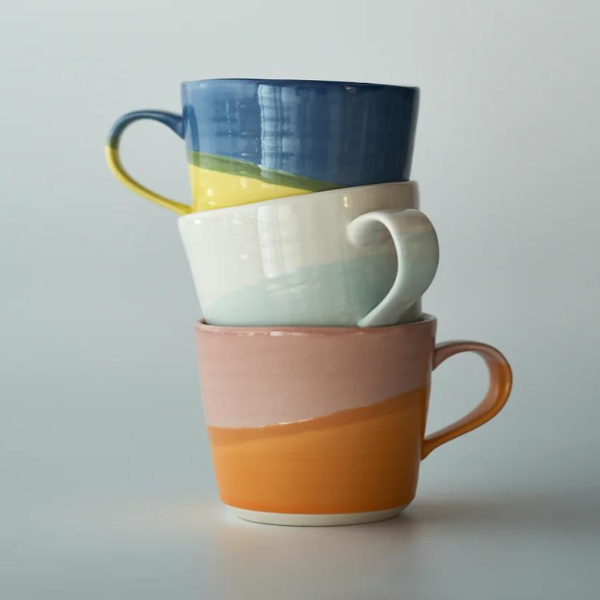
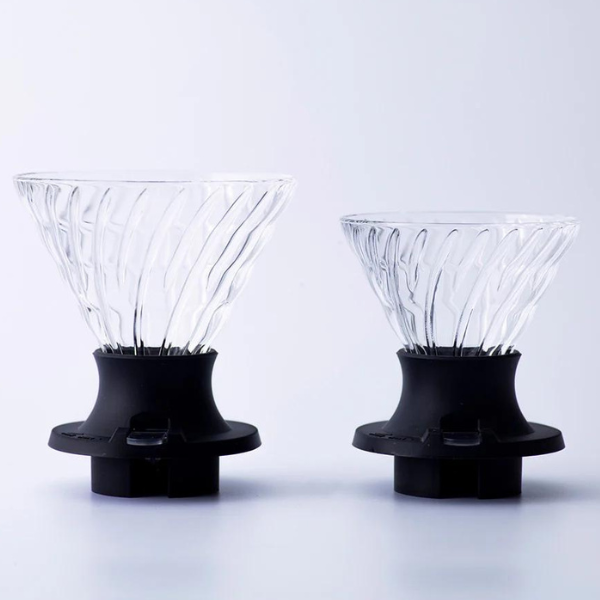
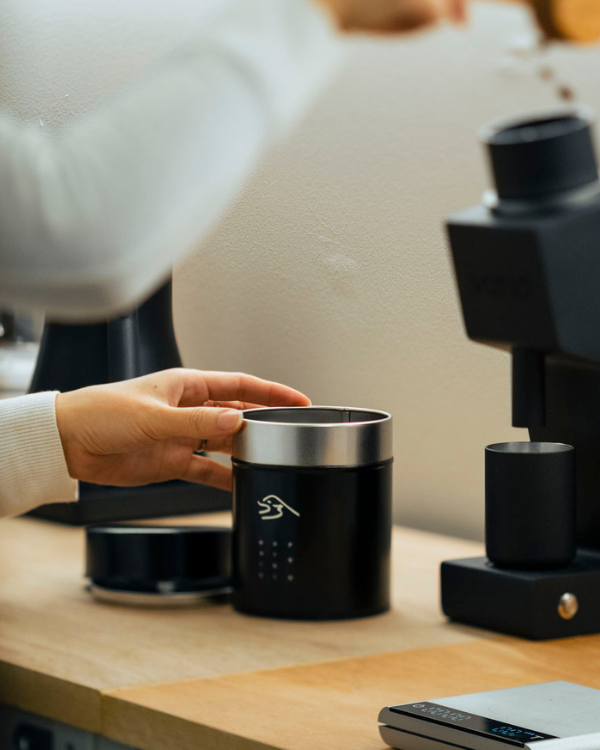

![Ethiopia Chorso [Light roast]](http://kurasu.kyoto/cdn/shop/files/image_Beans_Single_Ethiopia-Chorso_1200x.jpg?v=1738129353)
![Ethiopia Chorso [Light roast]](http://kurasu.kyoto/cdn/shop/files/EthiopiaChorso_1200x.png?v=1738129353)
![Ethiopia Chorso [Light roast]](http://kurasu.kyoto/cdn/shop/files/1010_ebisugawa_08_1200x.jpg?v=1738129353)
![Ethiopia Chorso [Light roast]](http://kurasu.kyoto/cdn/shop/files/image_Beans_Single_Ethiopia-Chorso_en_1200x.jpg?v=1738129353)
![Ethiopia Chorso [Light roast]](http://kurasu.kyoto/cdn/shop/files/image_Beans_Single_Ethiopia-Chorso_1kg_1200x.jpg?v=1738129353)






